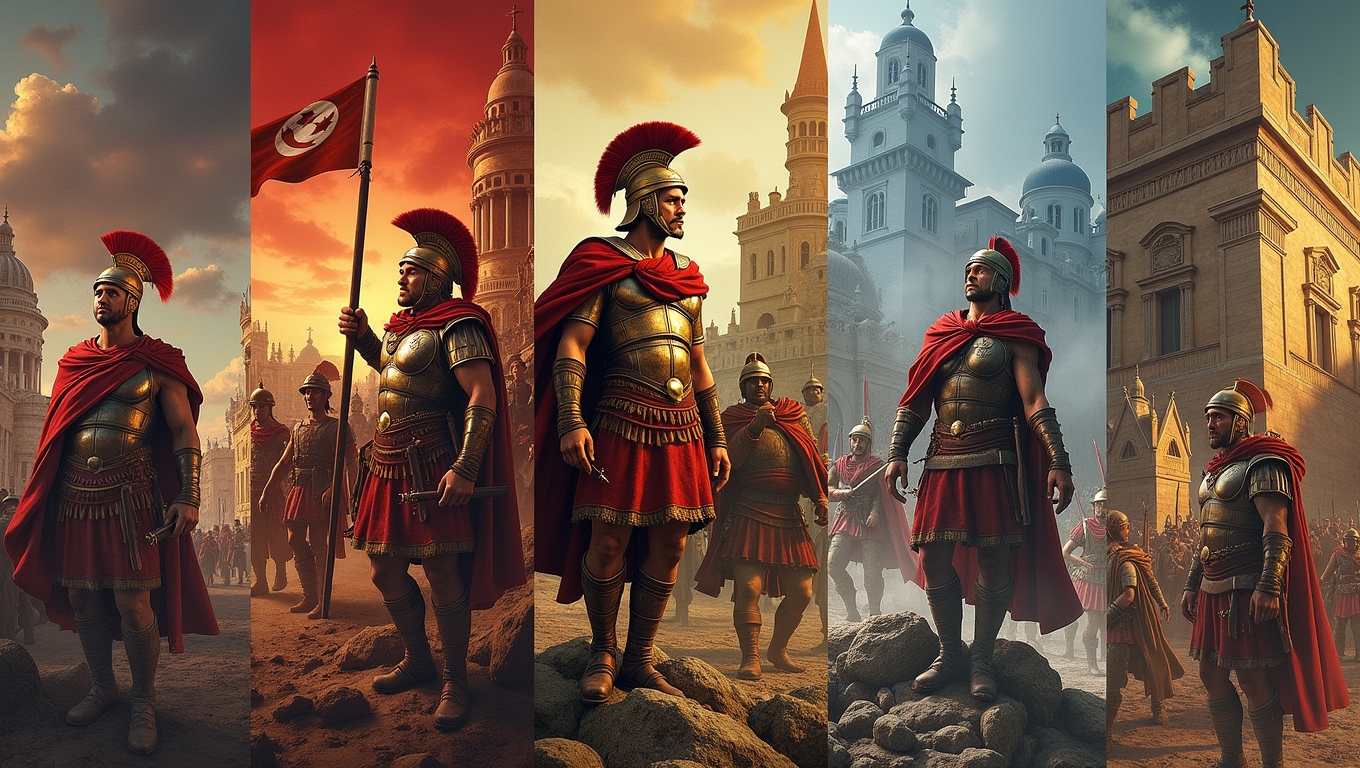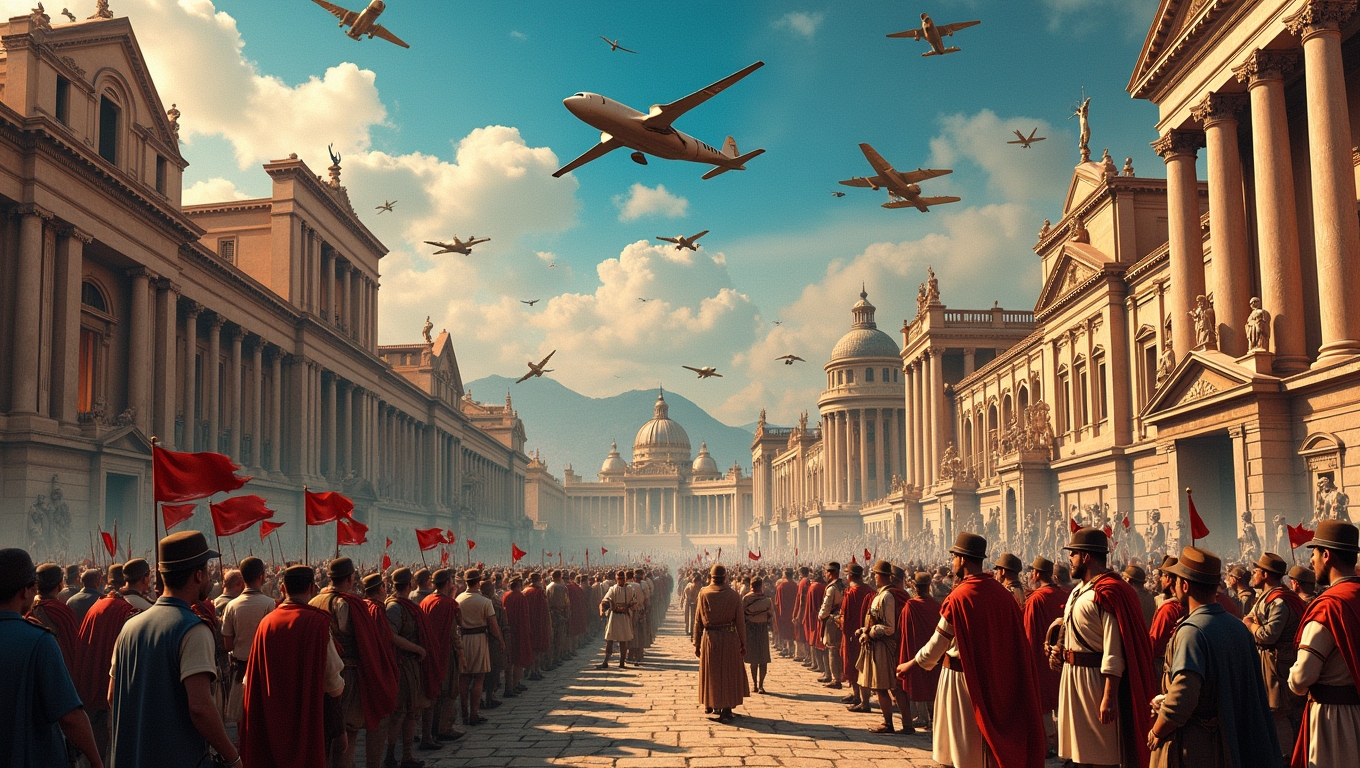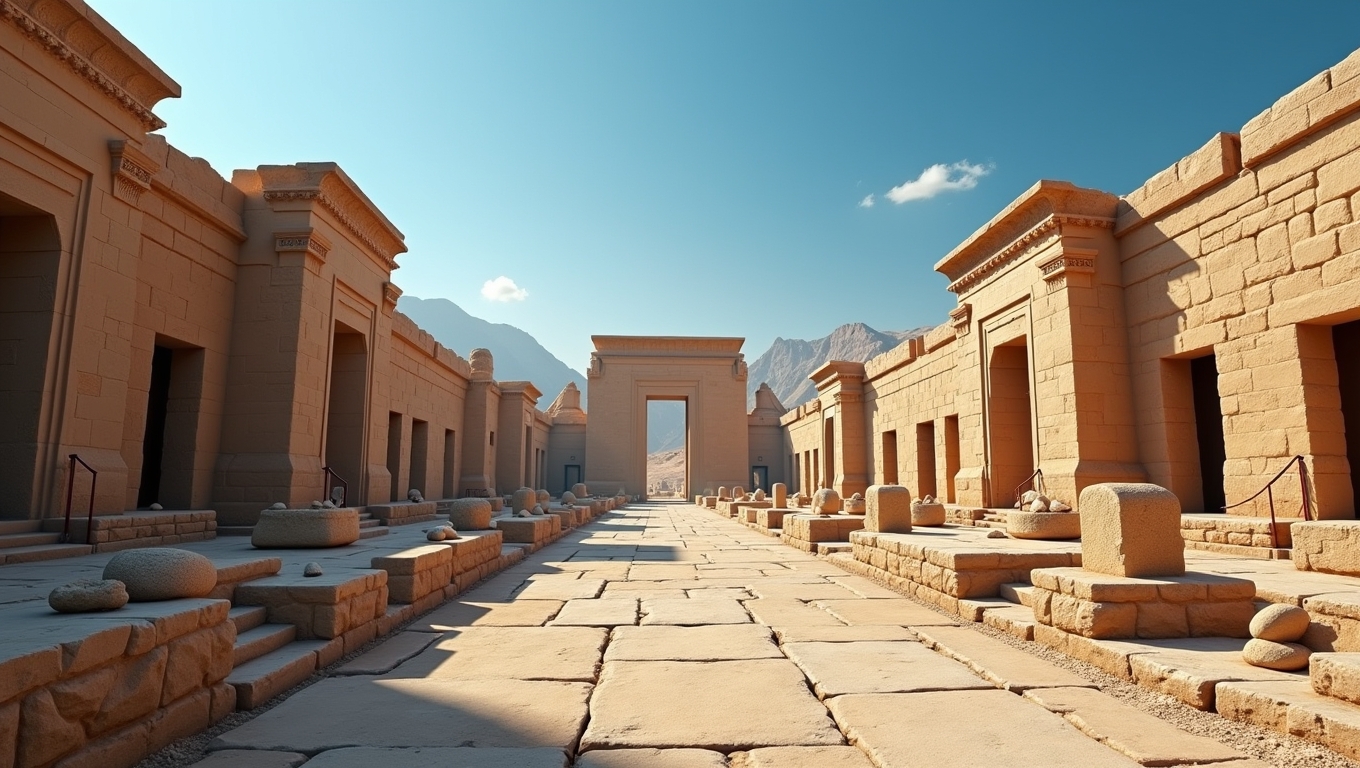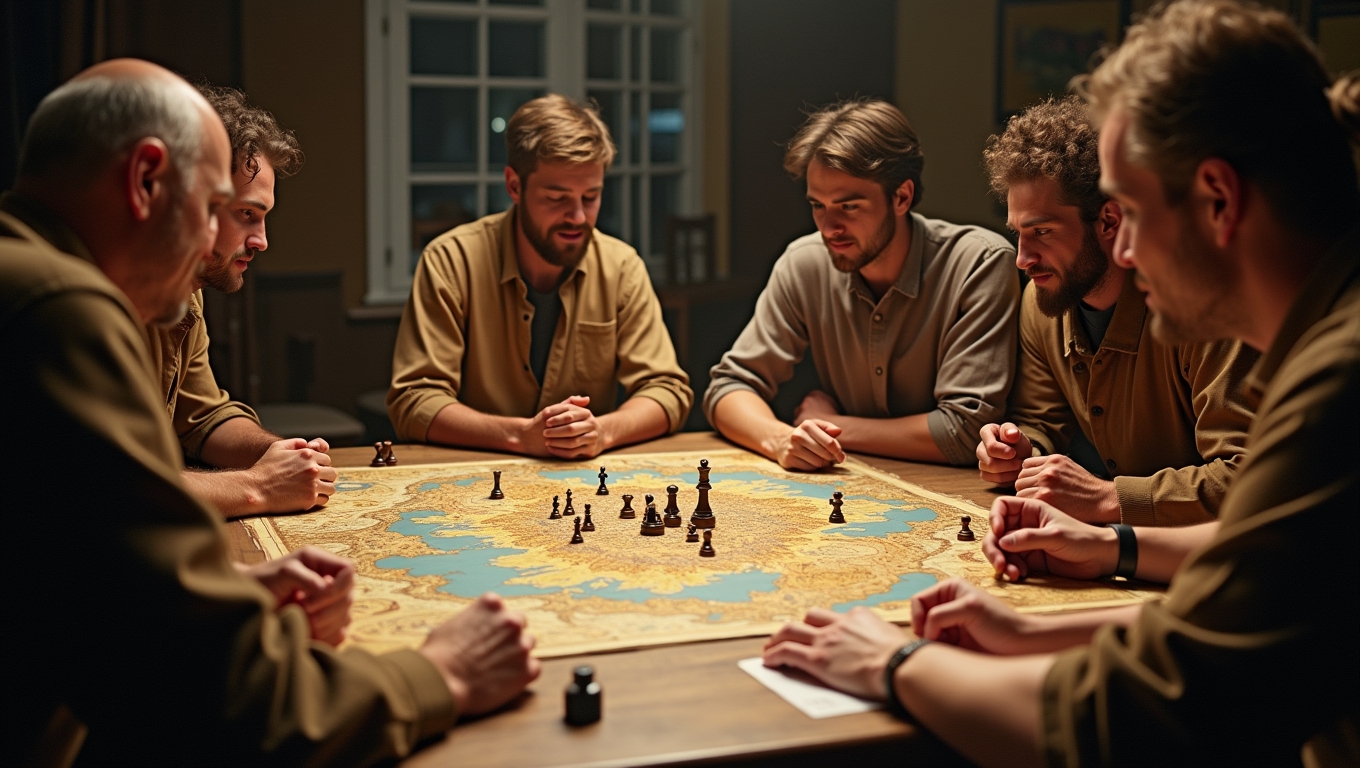In recent years, the gaming industry has seen a significant shift towards realism, with many developers striving for authenticity in storytelling and environments. This trend raises an important question: how are games portraying historical accuracy? Understanding the balance between entertainment and education in gaming can shed light on how these narratives shape our perceptions of history.
The Role of Research in Game Development
Developers often invest considerable time and resources into historical research to ensure that their games reflect accurate events and cultures. This research can involve consulting historians, studying historical texts, and even visiting historical sites. For instance, games like “Assassin’s Creed” and “Total War” series are known for their extensive attention to detail, often recreating entire cities and battles based on real historical events. This commitment to accuracy not only enhances gameplay but also enriches the player’s understanding of the historical context.
However, it is essential to recognize that while many games aim for authenticity, they also adapt historical narratives for dramatic effect. This can lead to a blend of fact and fiction, where gameplay takes precedence over strict historical accuracy. As players engage with these narratives, they may find themselves questioning what is real and what is embellished, potentially influencing their understanding of history.


The Impact of Historical Games on Players
Games portraying historical accuracy can serve as powerful educational tools. They allow players to immerse themselves in different time periods, experiencing historical events from unique perspectives. For example, games like “Valiant Hearts: The Great War” provide emotional narratives that highlight the human experience during World War I, fostering empathy and understanding.
However, the portrayal of history in games can also lead to misconceptions. If developers take liberties with historical facts, players might retain inaccurate information. This is particularly concerning in games that reach a wide audience, where players might assume that the depicted events are factual. Therefore, developers have a responsibility to balance entertainment with educational value, ensuring that players can distinguish between historical fact and artistic interpretation.
The Future of Historical Accuracy in Games
As technology advances, the potential for creating historically accurate games continues to grow. Virtual reality (VR) and augmented reality (AR) are paving the way for more immersive experiences that can transport players to different eras. Imagine walking through a meticulously recreated ancient city or standing on the battlefield of a significant historical event. These technologies could revolutionize how history is taught and experienced through gaming.
In conclusion, games portraying historical accuracy play a vital role in shaping our understanding of the past. While they can educate and engage players, it is crucial for developers to maintain a balance between accuracy and entertainment. As the industry evolves, the challenge remains to produce games that not only captivate audiences but also provide meaningful insights into our shared history.
Some content and/or images on this page were created using AI.





